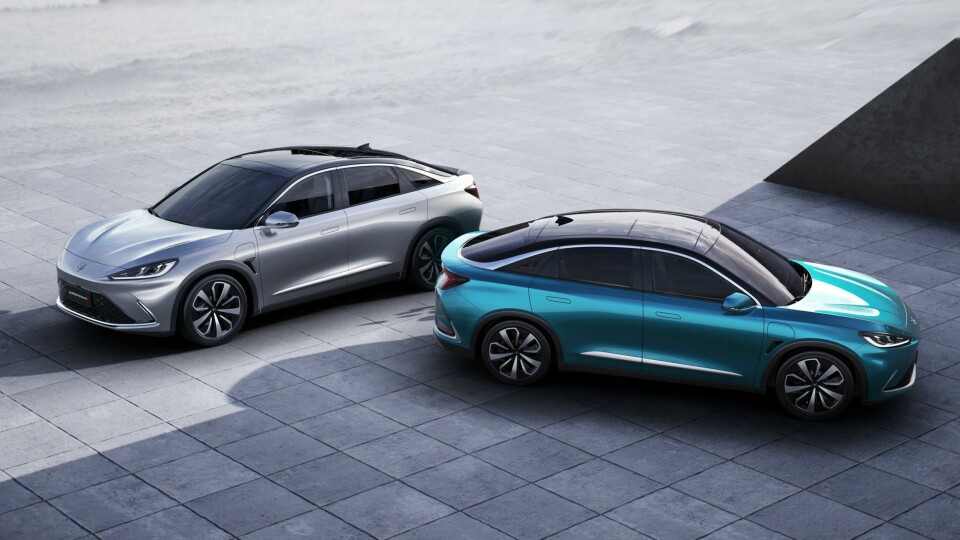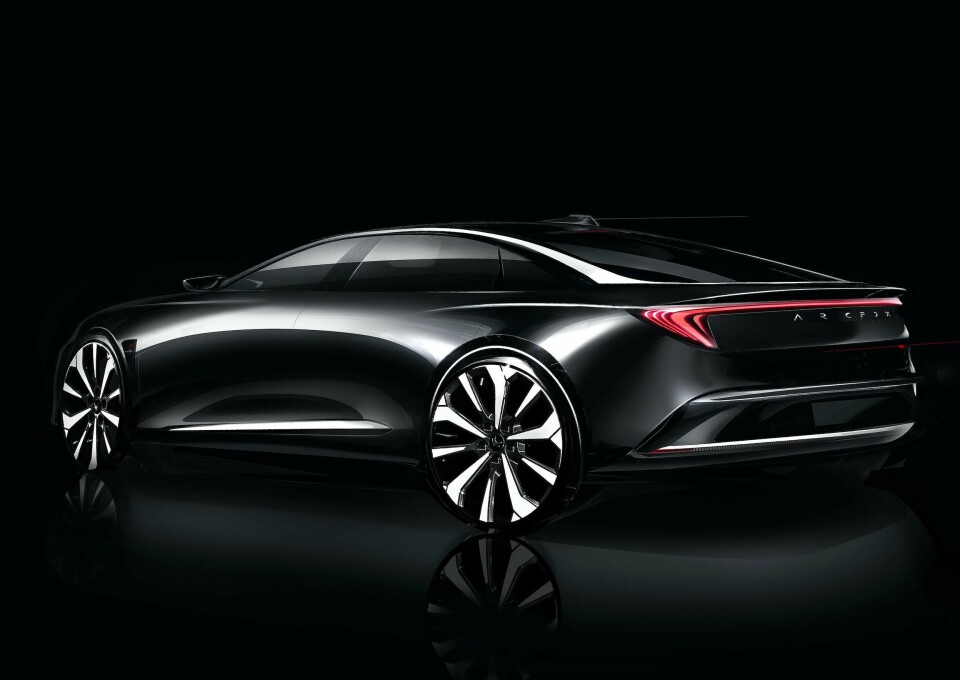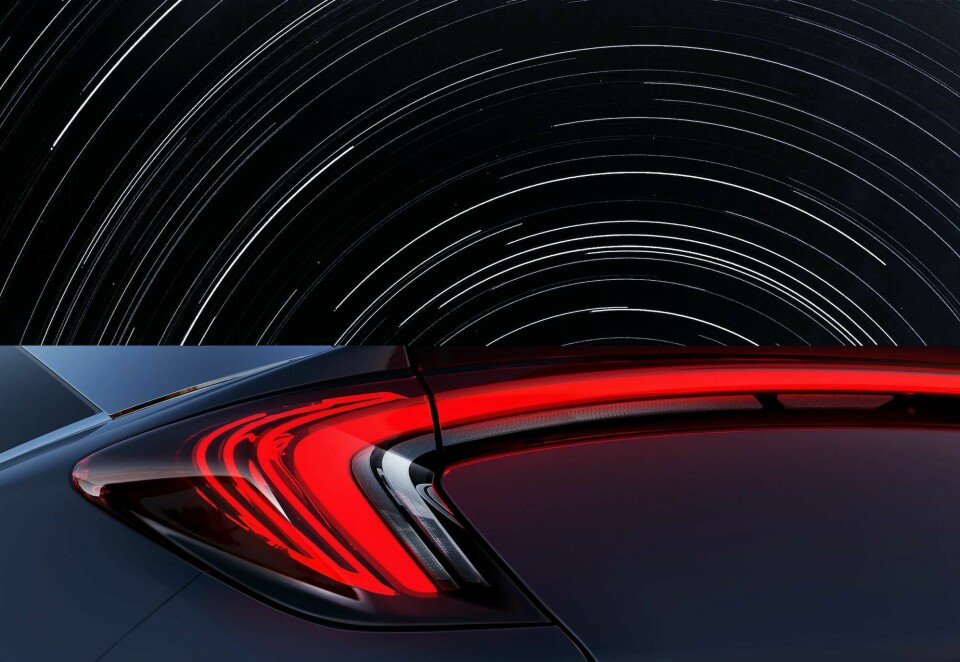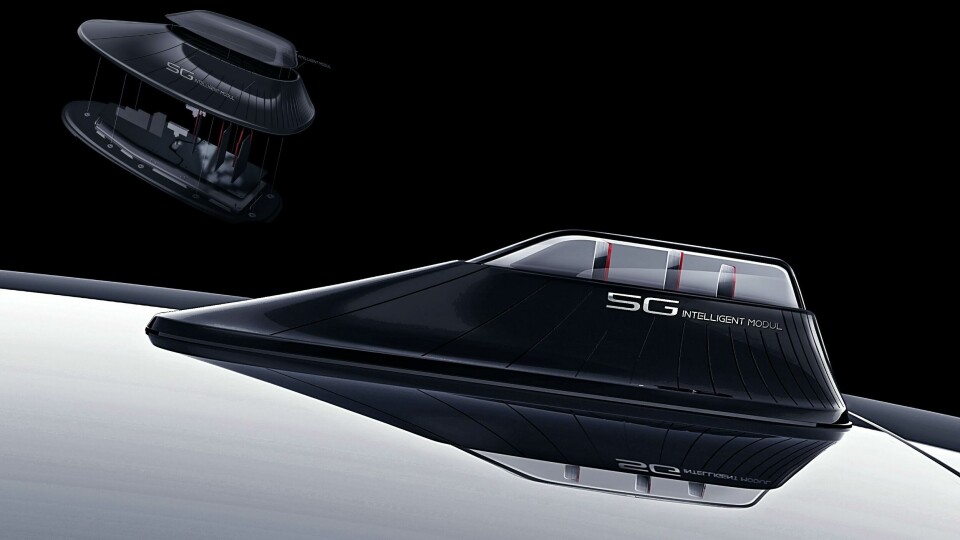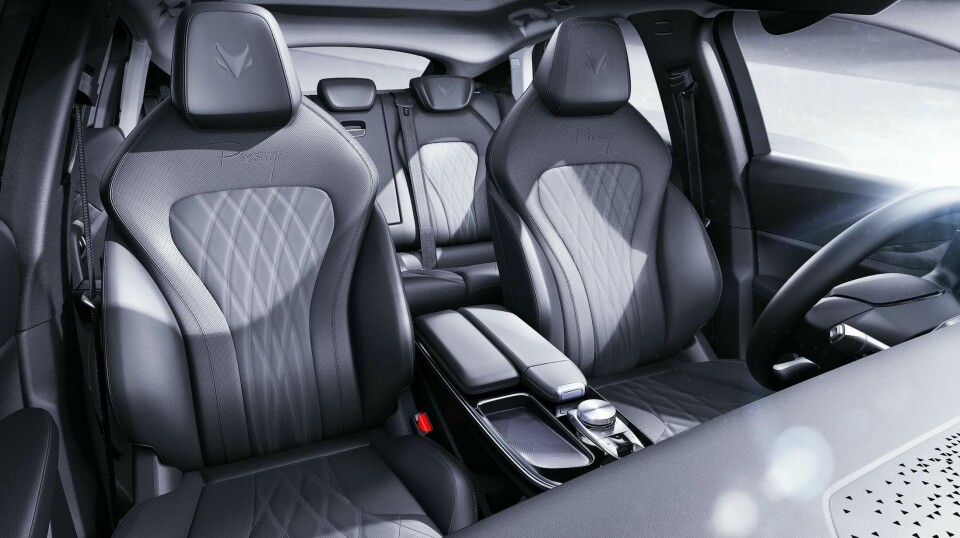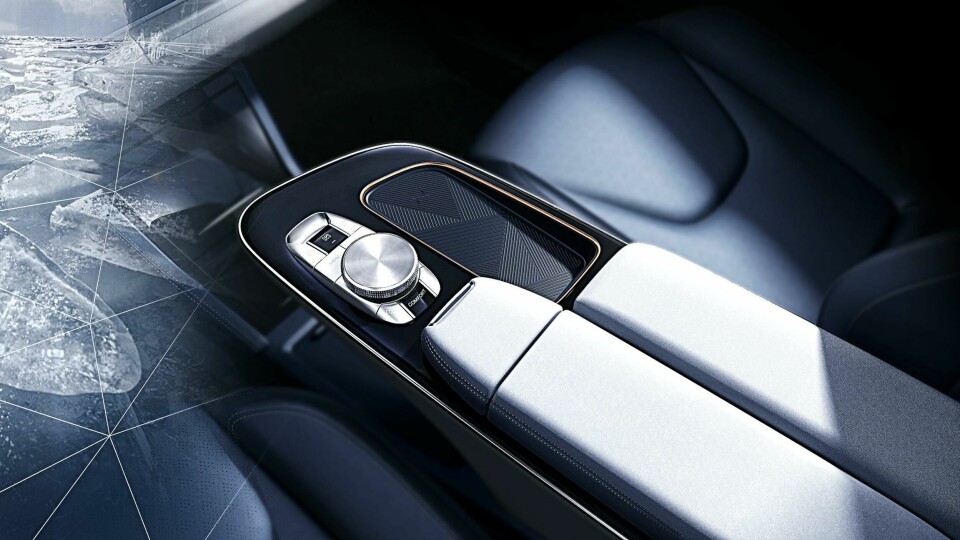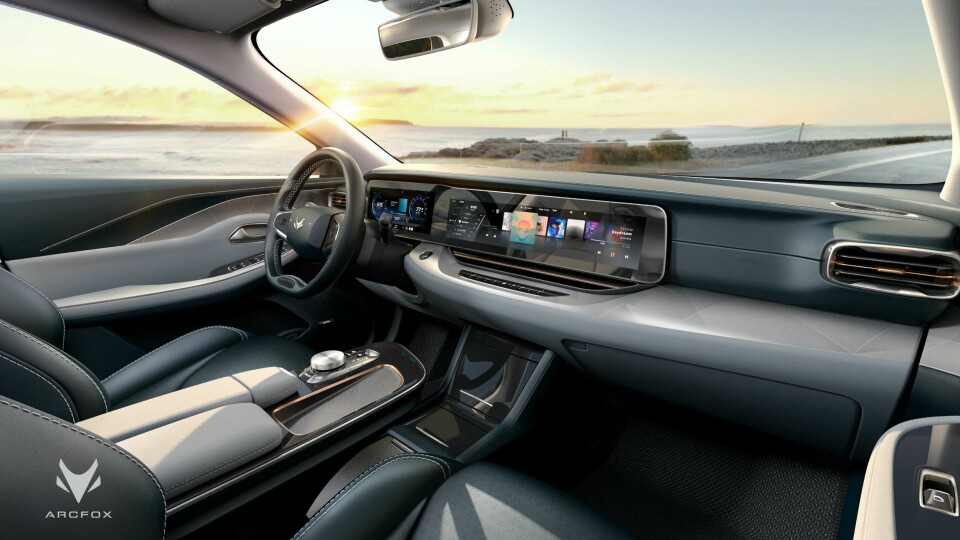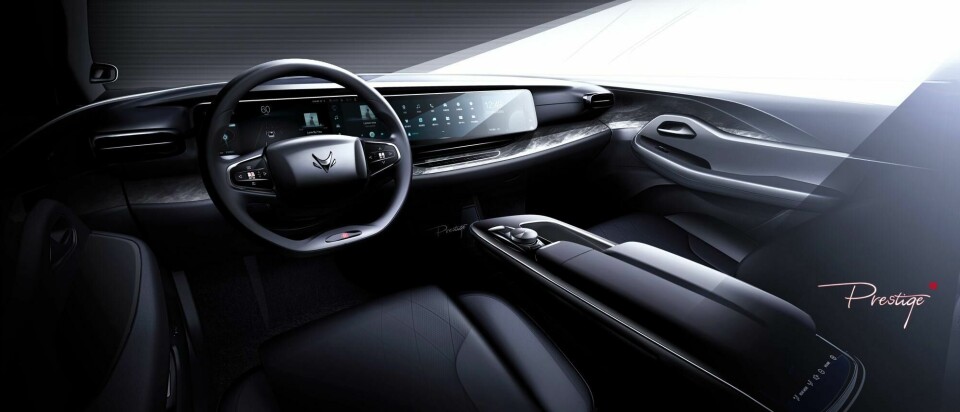
Arcfox’s Alpha S aims to break boundaries of design
Shan Wei, head of the design centre at BAIC Group, talks through the key characteristics of the new Arcfox Alpha S
At first glance it is easy to think the new Arcfox Alpha S is a saloon. However, it soon becomes clear the model is in the crossover realm. With a drag coefficient of 0.248, it certainly cuts a slippery profile. “The silhouette redefines the connection from roof to tail, not fastback but sporty with sedan feeling considered,” Shan Wei, head of the design centre at BAIC Group, tells Car Design News.
The Alpha S was shown for the first time at the 2021 Shanghai Auto Show. Bending the category distinctions, it combines the saloon aesthetics which Chinese people associate with a premium car together with the space provided by a crossover. “We think that automotive design is undergoing an innovation and we need to get ourselves adapted to such change by defining our design from a user perspective,” says Shan. With a length of 4,930mm and a width of 1,940mm, it has been designed to ensure spaciousness and functionality.
The car features an X shape given by lines on the spoiler and bonnet. Symbolising ”infinite extension and exploration of the future,” Shan explains that the shape represents the brand’s “front family DNA.” Extreme temperatures have inspired the colour choices, which include starry night, forest brown, glacier blue and ice grey. The overall design philosophy is one of what BAIC describes as ”boudaryless aesthetics.”
There are two distinct versions of the Alpha S. The high end models are dubbed HI (Huawei Inside), and add some autonomous driving capability. Videos of test cars show them navigating Chinese city streets and coping with unpredictable conditions such as e-bikes.
“The Alpha S HI is quite different from the base version which emphasises a sporty feeling. Instead it focuses more on the premium feeling of high tech. Since the definition of a premium car has changed, customer perception and expectations on new technology will prevail instead of exterior dimensions, luxury materials or advanced functions,” says Shan. Externally the most visual difference is the incorporation of the three lidar sensors into the front bumper. In addition, there are nine cameras and six millimetre wave radars to support self-driving.
Incorporating the sensors into the design is demanding. Shan suggests that the sensors require careful angle calculations, and as such, there is often a contradiction between the engineering requirements and traditional design. “For example, we need to satisfy the requirements for surface angle of the millimetre wave radar which is hidden behind the bumper,” he says. Visually the front face of the HI version is quite different to the base Alpha S with the sensors requiring a much broader bumper to house them.
Inside, the Alpha S has one long continuous screen. This allows both driver and front passenger to control features, many of which can be done by both voice and gesture control. Huawei’s Harmony OS powers the cockpit functionality.
“According to our research on the usage of screens, users seem psychologically tired by receiving various kinds of information passively,” Shan says. “So we try to simplify such visual features. This horizontal screen enables ease-of-use not only for the driver, but also for the passenger.”
Delivery dates have yet to be announced but should be around the end of the year. Prices for the regular Alpha S start at RMB251,900 while the HI version starts at RMB388,900.
